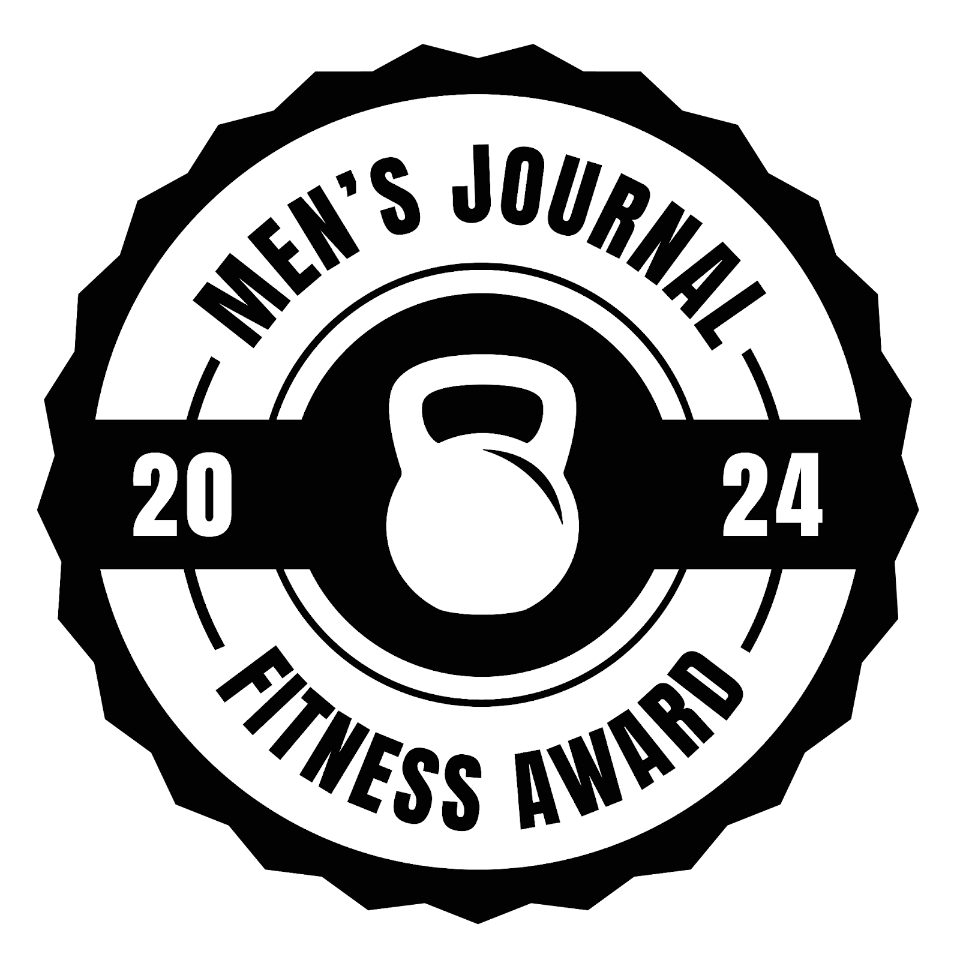Why One-Size-Fits-All Hydration Plans Fail
Every athlete knows hydration during sports matters. But too often, it’s treated like a one-size-fits-all solution: drink some water, maybe grab a sports drink, and move on. The problem? No two athletes are alike. Your sweat rate, the intensity of your workouts, your environment, and even your daily routine all change how much fluid and electrolytes you actually need.
If you don’t account for those variables, you risk fatigue, cramps, slower recovery, and diminished performance. Research shows that even a 2% body weight loss from dehydration can impair endurance and cognitive function. Hydration isn’t just about quenching thirst, it’s about fueling your body’s systems so you can think clearer, train harder, and bounce back faster.
That’s why smart athletes treat hydration as a performance must-have. With the right tools and planning, you can build a personalized hydration plan that adapts to your body and your sport, helping you perform at your best.
Sweat Rate Testing: How to Measure Your Needs
One of the biggest reasons generic hydration advice falls short is that athletes lose fluids at vastly different rates. Some can get through a workout with minimal loss, while others drop multiple pounds of water weight in an hour. Knowing how to test your sweat rate for hydration lays the groundwork for sports hydration strategies that actually work.
Here’s a simple way to test it:
-
Weigh yourself before exercise. Do this without clothes or in light clothing, so your number isn’t skewed.
-
Do your workout for 60 minutes. Track how much fluid you drink during the session.
-
Weigh yourself immediately after. The difference between your pre- and post-workout weight — plus the fluid you drank — equals your total sweat loss.
Example: If you lost 2 pounds and drank 16 ounces of water (1 pound), your total sweat loss is about 3 pounds, or 48 ounces, per hour.
Athletes can lose anywhere from 0.5 to over 2.5 liters of sweat per hour depending on intensity and environment. That’s why hydration needs are personal. By knowing your sweat rate, you can dial in your athletic performance hydration—matching intake precisely and avoiding the dips that come from under-hydrating.
Product Matching: Choosing DripDrop Formulas for Different Activities
Once you understand your sweat rate, the next step is choosing the right hydration solution for the situation. That’s where DripDrop comes in, with science-backed formulas that help athletes create a personalized hydration plan tailored to both performance and lifestyle needs.
-
High-Performance Training & Intense Conditions → DripDrop
-
Developed by hydration expert Dr. Eduardo Dolhun on humanitarian aid missions to create the fastest possible hydration for people in need.
-
Built on ORS science, using a precise ratio of sodium and glucose together to activate a hydration shortcut known as the sodium-glucose cotransport system.
-
Trusted by first responders, medical professionals, and firefighters.
-
Used by 90% of top pro and collegiate teams.
-
Best electrolyte drink for runners/cyclists, endurance events, hot-weather training, or intense workouts when hydration has to keep up with your body’s demands.
-
Developed by hydration expert Dr. Eduardo Dolhun on humanitarian aid missions to create the fastest possible hydration for people in need.
-
Everyday Hydration & Recovery → DripDrop Zero
-
A doctor-developed, zero-sugar formula designed for daily hydration.
-
Includes B vitamins for added energy and recovery support.
-
Best hydration for workouts, recovery days, or athletes who prefer hydration without sugar.
-
Trusted by fitness influencers and lifestyle athletes, making it a go-to choice for performance and everyday balance.
-
Daily Scheduling: Setting Up Reminders and Benchmarks
Even with the right product, timing matters. Too many athletes only think about hydration once they’re already thirsty—but by then, your body is already behind. Hydration reminders can help you set up a daily hydration schedule to keep you consistently fueled before, during, and after exercise.
Here’s a simple framework:
-
Pre-hydrate: Aim for 16–20 ounces of fluid (ideally with electrolytes) about 1–2 hours before training.
-
During training: Use your sweat rate test to guide intake. For most, 16–24 ounces per hour of intense exercise is a good baseline.
-
Recovery: Within 30 minutes after, replenish with at least 16–24 ounces, ideally with a formula like DripDrop to restore electrolytes and support muscle recovery.
-
Throughout the day: Keep hydration steady by sipping water or DripDrop Zero between meals and workouts.
While many understand the role that hydration plays during exercise, the power of post-workout hydration could be the missing link in unlocking optimal performance. Focusing on hydration will give you the extra boost you need to recover from a hard workout and get the most out of the next one!
Seasonal Adjustments: Hot vs Cold Weather Strategies
Hydration strategies aren’t static, they shift with the seasons.
-
Hot weather: Higher sweat rates, increased sodium loss, and greater dehydration risk. In summer training, prioritize DripDrop for its sodium/glucose balance and fast absorption. The CDC emphasizes that hot environments accelerate sweat and sodium loss, disrupting your electrolyte balance.
-
Cold weather: Thirst cues diminish as much as 40% in the cold, making it easy to under-hydrate. Heavy gear can also increase sweat loss without you realizing it. Studies show cold-weather dehydration can negatively affect physical and cognitive performance as well as increase the likelihood of injury. That’s why hydration for athletes is so important year round.
Tracking Progress: Apps, Journals, and Biometrics
Like training volume or nutrition, tracking hydration with apps and journals is something you can do to measure, refine, and improve your daily intake.
-
Apps & wearables: Many fitness apps let you log hydration alongside workouts. In sports medicine, smartwatches and wearables are being tested for hydration tracking—with significant potential for real-time hydration assessment.
-
Hydration journals: Some athletes keep a simple notebook or digital log to track intake, perceived effort, and recovery. Over time, patterns emerge that help fine-tune hydration strategies.
-
Biometrics: Pay attention to recovery scores, urine color, and energy levels. These simple markers can indicate whether you’re consistently meeting your hydration needs.
Make Hydration Your Competitive Edge
Hydration isn’t just about drinking more water. It’s about creating a personalized hydration plan that matches your training, your environment, and your goals. From sweat rate testing to seasonal adjustments, the strategies above help ensure you’re not leaving performance on the table.
DripDrop delivers electrolyte hydration for endurance, giving athletes a simple but powerful tool to push performance further.
















